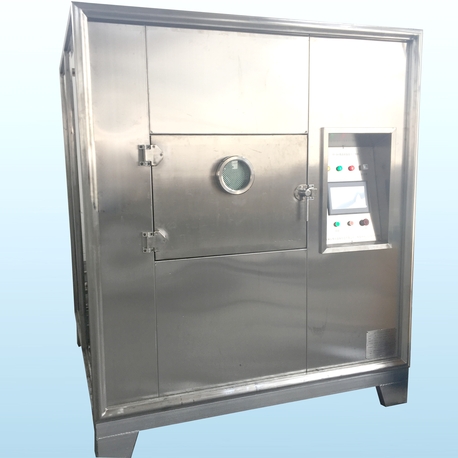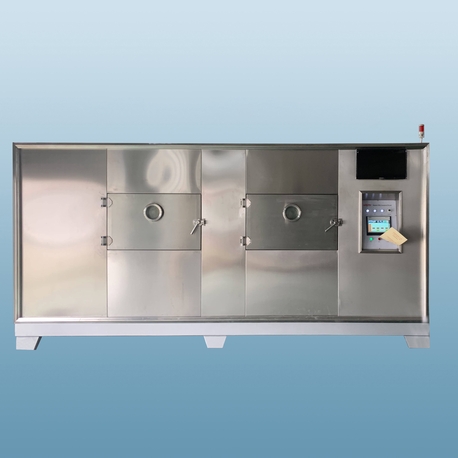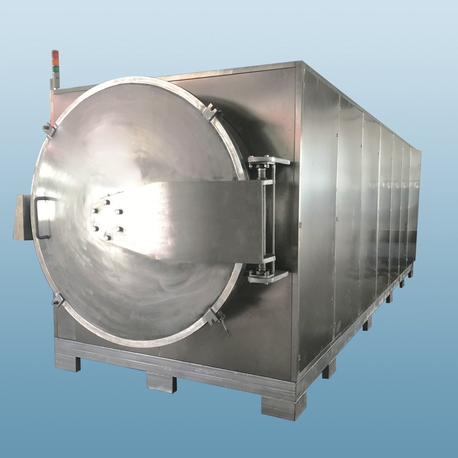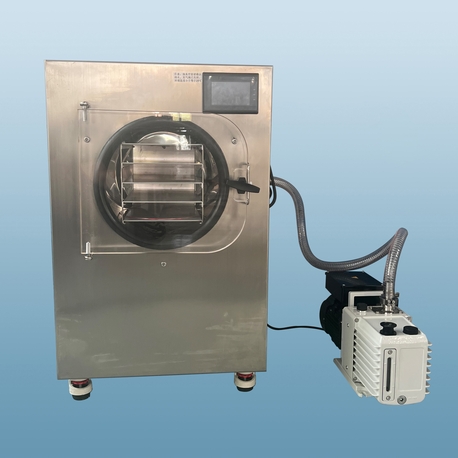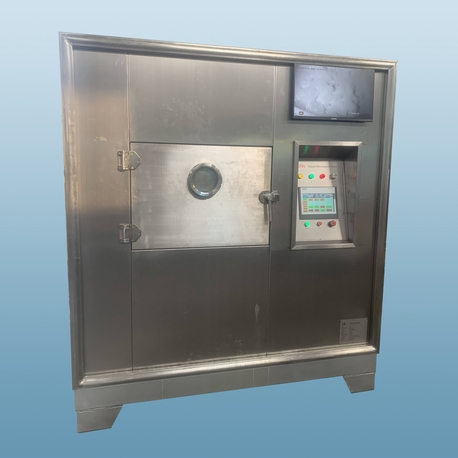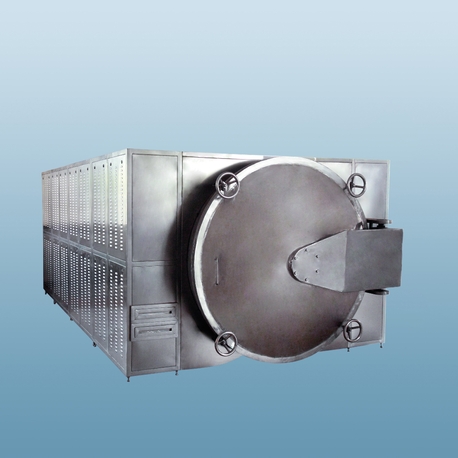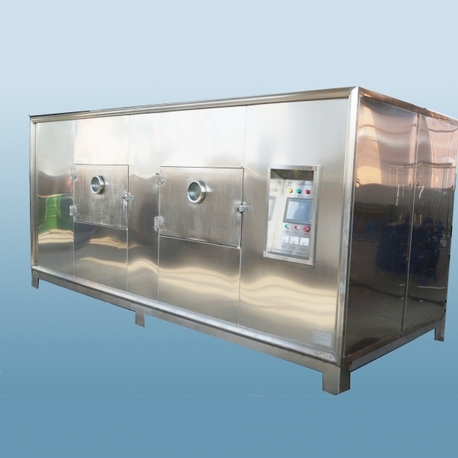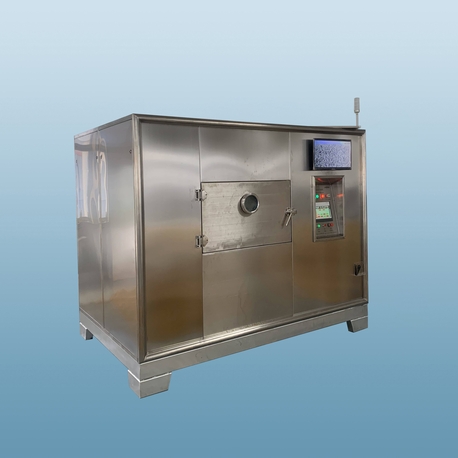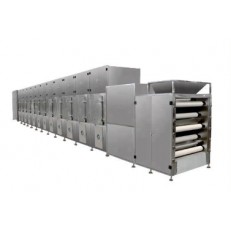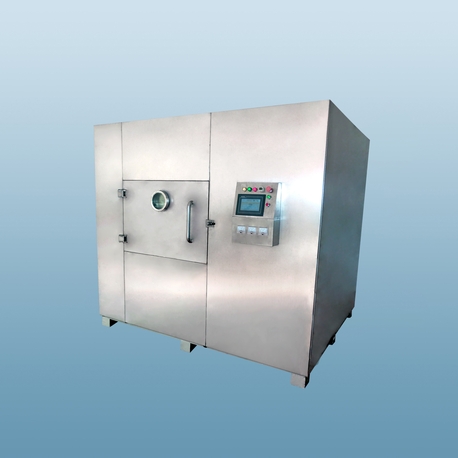From preserving food to manufacturing pharmaceuticals, drying is a fundamental process that removes moisture from materials. A dryer is an essential piece of equipment across countless industries and even in our homes. While the humble clothes dryer is a household staple, industrial and scientific drying processes are far more complex and varied. The core principle remains the same: applying heat and controlling air flow to evaporate water. However, the specific method can drastically alter the final product's quality, shelf life, and properties.
This article delves into the diverse world of drying technology. We will explore several key types of dryers, including the freeze dryer, tray dryer, beef jerky dryer, lyophilizer, commercial dryer, and vacuum dryer. Understanding their unique functions, applications, and the common challenges they face is crucial for anyone involved in production, manufacturing, or even serious hobbyist work. Whether you're looking to preserve food, create stable chemicals, or simply understand the technology, this overview will provide a solid foundation.
The Fundamental Role of a Dryer
At its heart, a dryer operates on the principle of mass transfer. By introducing heat energy, the water molecules within a product gain enough energy to transition from a liquid to a gaseous state. The surrounding air, often moved by fans, then carries this moisture away. The efficiency of this process depends on factors like temperature, humidity, air velocity, and the surface area of the material being dried.
Industrial drying is not merely about removing water; it's about doing so in a controlled manner that preserves the desired qualities of the product. For food, this means maintaining flavor, color, and nutritional value. For pharmaceuticals, it means ensuring chemical stability and efficacy. The wrong type of dryer or improper settings can lead to degraded products, wasted energy, and increased costs.
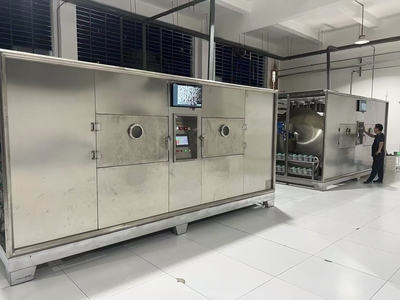
The Freeze Dryer (Lyophilizer): Precision Preservation
A freeze dryer, also known as a lyophilizer, represents the high end of drying technology. It is renowned for its ability to preserve materials with minimal damage to their structure and composition. Unlike a conventional dryer that uses heat, a freeze dryer works by first freezing the product and then placing it in a vacuum.
How It Works:
Freezing: The material is frozen solid, often at extremely low temperatures.
Primary Drying (Sublimation): Under a high vacuum, the pressure is lowered enough that the frozen water in the material sublimates—it transitions directly from solid ice to water vapor without passing through a liquid phase.
Secondary Drying (Desorption): After the bulk of the ice is removed, the temperature is raised slightly to break any molecular bonds between the water and the material, removing residual moisture.
Applications:
Pharmaceuticals: Preserving vaccines, antibiotics, and proteins.
Food Industry: Creating high-quality "astronaut" ice cream, instant coffee, and fruits that rehydrate perfectly.
Historical Preservation: Saving water-damaged books and documents.
Biotechnology: Long-term storage of enzymes and microbes.
Common Problems with a Freeze Dryer:
High Cost: The equipment and the energy required to run it are significantly more expensive than other dryers.
Long Process Time: A single cycle can take 24 hours or more.
Complex Operation: Requires skilled technicians to load and program the cycles correctly.
Potential for Melt-Back: If the vacuum fails or the temperature isn't controlled, the product can thaw, ruining the batch.
The Tray Dryer: A Versatile Workhorse
The tray dryer is one of the most common and straightforward types of industrial dryer. It consists of an insulated cabinet with multiple shelves or trays. Heated air is circulated through the cabinet by fans, passing over the material on each tray.
How It Works:
The product is spread in thin layers on trays to maximize surface area. Heated air is forced through the chamber, absorbing moisture from the product. The moist air is then partially vented while the remainder is mixed with fresh air, reheated, and recirculated to improve energy efficiency.
Applications:
Chemicals and Pharmaceuticals: Drying pigments, powders, and catalyst cakes.
Food Processing: Drying vegetables, fruits, and grains.
Manufacturing: Drying ceramics and electrical components.
Common Problems with a Tray Dryer:
Non-Uniform Drying: Products on different trays, or even different parts of the same tray, may dry at different rates due to uneven air flow.
Over-drying: The product on the edges of a tray can become over-dried or even burned if the temperature is too high or the air flow is uneven.
Labor Intensive: Loading and unloading the trays can be time-consuming and require significant manual labor.
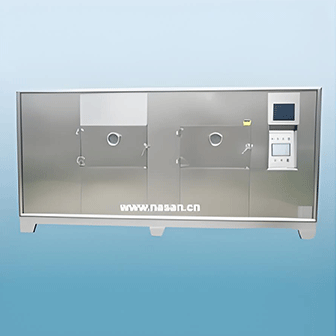
The Beef Jerky Dryer: Culinary Dehydration
A beef jerky dryer is a specialized type of food dryer designed specifically for dehydrating meat safely and effectively. While homemade jerky can be made in a standard oven, a dedicated beef jerky dryer (often a simple food dehydrator) provides precise, low-temperature control and excellent air circulation, which is critical for food safety.
How It Works:
Thinly sliced meat is placed on racks. A heating element warms the air, and a fan circulates it evenly around the meat. The low temperature (typically 160°F / 71°C) slowly removes moisture without cooking the meat, preserving its texture and flavor.
Applications:
Primary: Production of beef jerky and other dried meat snacks like biltong or pemmican.
Common Problems with a Beef Jerky Dryer:
Food Safety Risks: The biggest risk is improper drying, which can leave the meat with too much moisture, allowing for the growth of harmful bacteria like E. coli and Salmonella.
Inconsistent Thickness: If the meat slices are not of uniform thickness, some pieces will dry faster than others, leading to a spoiled batch.
Poor Airflow: Overloading the unit can block air circulation, preventing even drying.
The Commercial Dryer: Powering Industry
The term commercial dryer is a broad category that encompasses any large-scale dryer used in industrial operations. This can include large versions of tray dryers, conveyor belt dryers, spray dryers, and fluidized bed dryers. Their defining feature is their capacity and durability for continuous, high-volume operation.
How It Works:
The mechanism varies wildly by type. A spray dryer atomizes a liquid feed into a hot air chamber, instantly drying it into a powder. A conveyor dryer moves product on a belt through a heated tunnel. Their design prioritizes throughput, energy efficiency, and automation.
Applications:
Food Industry: Powdered milk, soup mixes, pasta.
Detergent Industry: Drying liquid detergent mixes into powders.
Mining and Minerals: Drying mineral concentrates and sand.
Common Problems with a Commercial Dryer:
High Energy Consumption: These are major energy users in a plant, and inefficiencies can be extremely costly.
Scalability Issues: A process that works on a small R&D dryer may not scale effectively to a large commercial dryer.
Maintenance Downtime: Regular cleaning and part replacement are essential to prevent unexpected shutdowns that halt entire production lines.
The Vacuum Dryer: Gentle Drying for Sensitive Materials
A vacuum dryer is an enclosed system that dries materials by reducing the pressure in the chamber. By lowering the boiling point of water, it allows drying to occur at much lower temperatures than at atmospheric pressure.
How It Works:
The product is placed in a sealed chamber, and a vacuum pump removes the air. Heat is often applied through jacketed walls or shelves. The combination of low pressure and gentle heat causes moisture to evaporate quickly and efficiently without exposing the product to high temperatures.
Applications:
Chemicals: Drying heat-sensitive, toxic, or flammable chemicals.
Pharmaceuticals: Drying delicate active ingredients that would degrade in a standard tray dryer.
Electronics: Drying components after cleaning to prevent water spots.
Common Problems with a Vacuum Dryer:
High Initial Cost: The reinforced vessel and vacuum system are expensive.
Batch Process: Most vacuum dryer models are batch-based, not continuous, which can limit throughput.
Potential for Contamination: If the product is fine powder, it can be pulled into the vacuum pump, requiring complex filtration systems.
Lyophilizer: A Deeper Look at the Science
As mentioned earlier, lyophilizer is simply another name for a freeze dryer. The term is derived from the Greek words lyo (to dissolve) and philos (loving), but its modern meaning is tied to the freeze-drying process. In scientific and pharmaceutical contexts, the term lyophilizer is often preferred.
The process is identical to that described in the freeze dryer section. The emphasis when using the term lyophilizer is often on the precision and scientific control of the process, crucial for creating stable, long-lasting injectable drugs and biological specimens.
Common Problems Across All Dryer Types
While each dryer has its unique challenges, several common problems can affect almost any drying system:
Energy Inefficiency: Drying is an energy-intensive process. Poor insulation, leaks, or inefficient heat recovery can drastically increase operating costs.
Inconsistent Product Quality: This is often the result of uneven air flow, improper loading, or fluctuating temperatures. Consistent processes are key to a consistent product.
Material Handling Issues: Sticky, viscous, or fragile materials can be difficult to load, unload, and dry evenly. They may stick to trays or form clumps.
Safety Hazards: These include fire risks (from combustible dust or overheated elements), burn risks from hot surfaces, and electrical hazards.
Maintenance Neglect: Failure to regularly clean filters, calibrate sensors, and service fans and heaters will lead to reduced efficiency, product contamination, and eventual breakdown.
The world of drying technology is vast and specialized. Choosing the right dryer—whether it's a gentle freeze dryer for a life-saving vaccine, a robust tray dryer for chemical powders, a simple beef jerky dryer for a tasty snack, or a massive commercial dryer for industrial production—is a critical decision that impacts product quality, safety, and cost. Understanding the principles, applications, and common pitfalls of each type of dryer is the first step toward optimizing this essential process. By recognizing the unique advantages of technologies like the vacuum dryer and lyophilizer, businesses and innovators can develop better, more stable, and more efficient products for the world.


